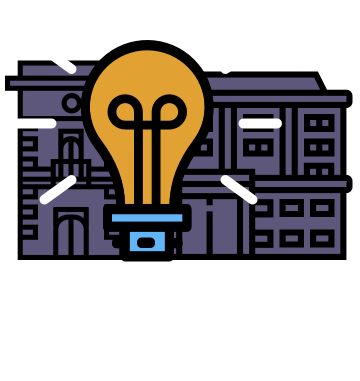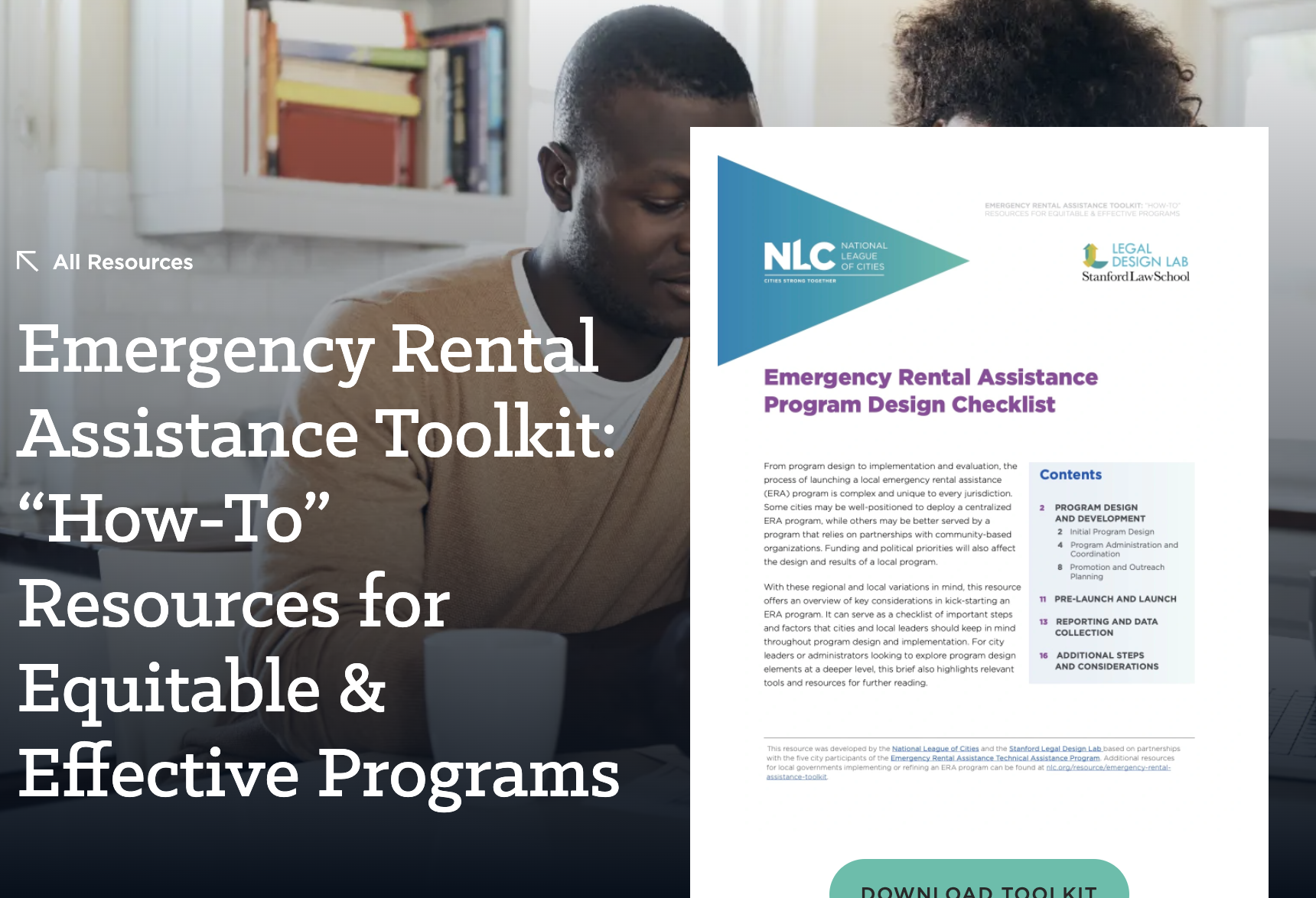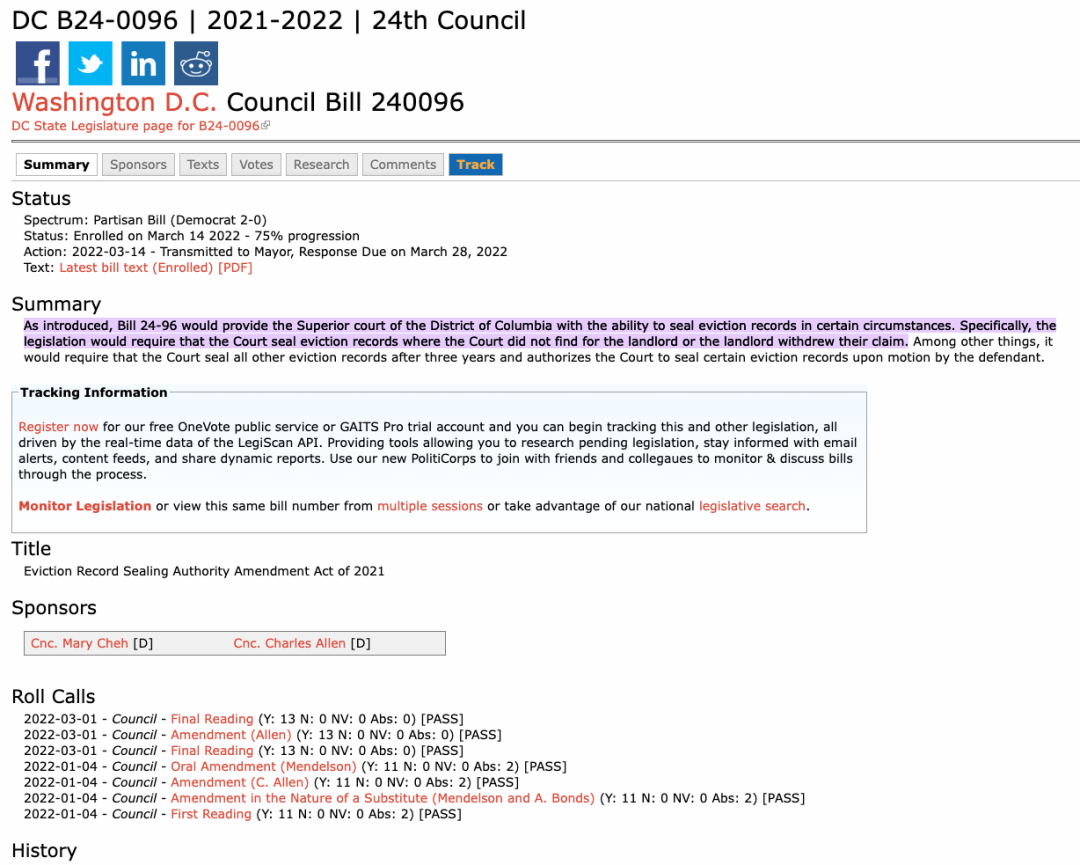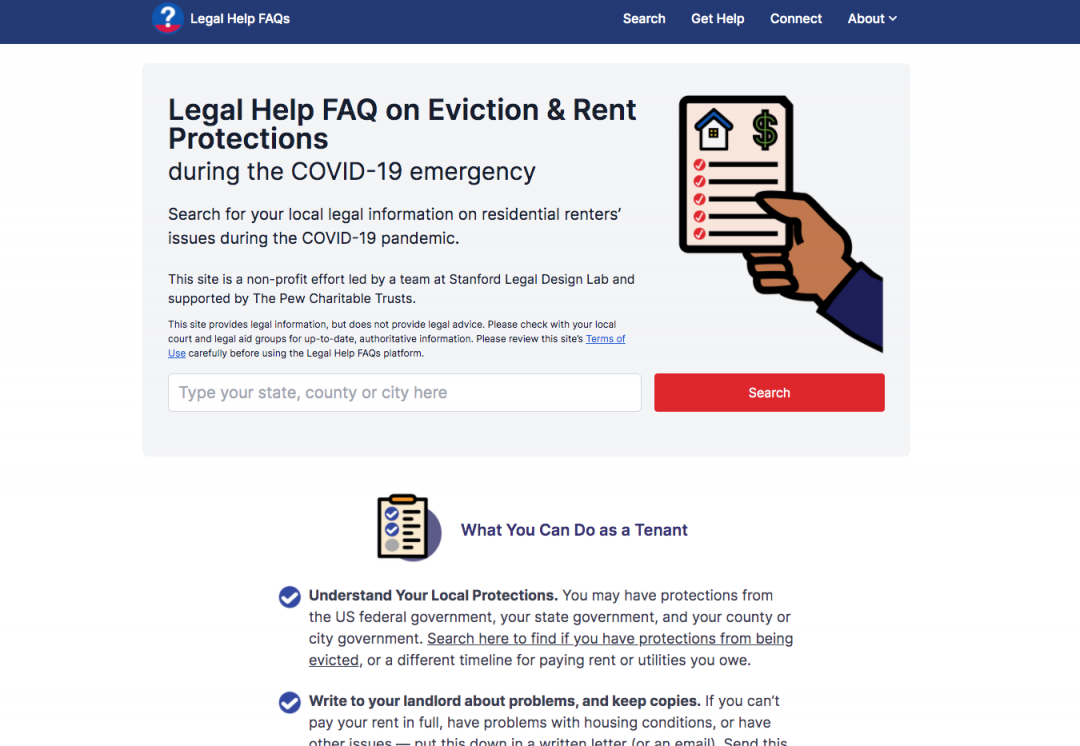Emergency rent assistance can be an effective way to prevent evictions. It can help repair a landlord-tenant relationship, incentivize mediation, and stop problems from going to courts and eviction marks on people’s records.
During Covid-19, many new emergency rent assistance (or, ERA) programs started up in local regions. Money from the federal government was distributed by these city, county, and state ERA programs, to get landlords and tenants financial help when they were dealing with pandemic-related hardships. Many of these programs were established quickly to deal with the emergency.
Now, as the programs turn from emergency measures to more established initiatives — it’s a key time to reflect on how these ERA programs can be as impactful, equitable, and accessible as possible. And to get assistance in making sure ERA programs (new and existing) are serving the public and reaching their policy goals.
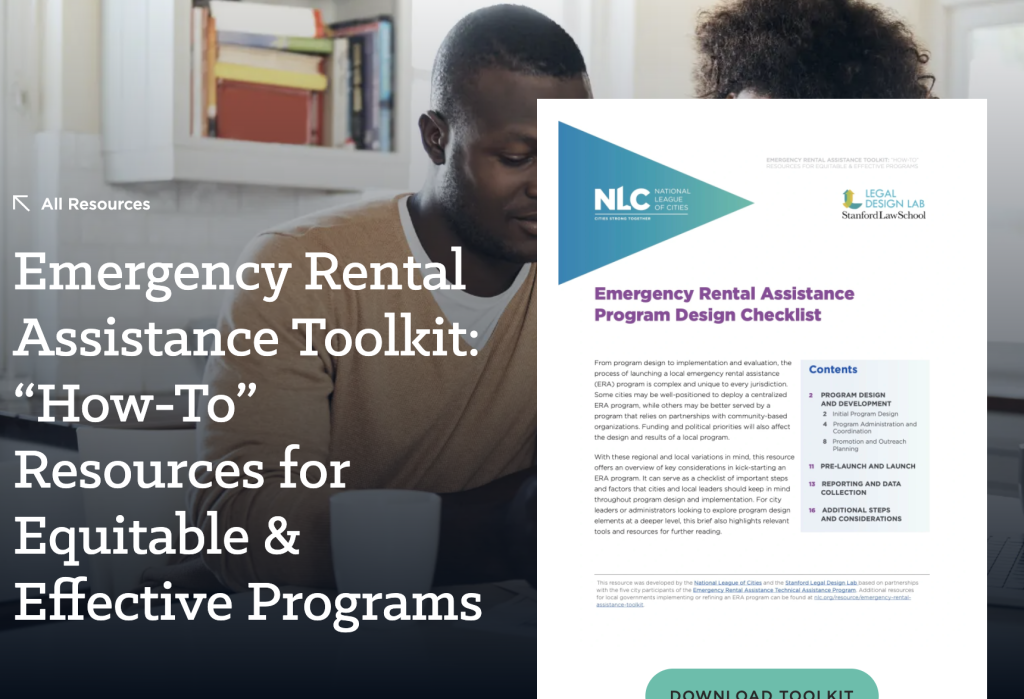
The Legal Design Lab and the National League of Cities released a series of how-to guides and worksheets for those in charge of emergency rental assistance programs. How can local governments, legal aid, courts, and nonprofit partners prevent evictions, by getting more financial assistance to people in need?
This Emergency Rental Assitance toolkit gives practical, specific guidance to local policymakers and eviction coalitions.
